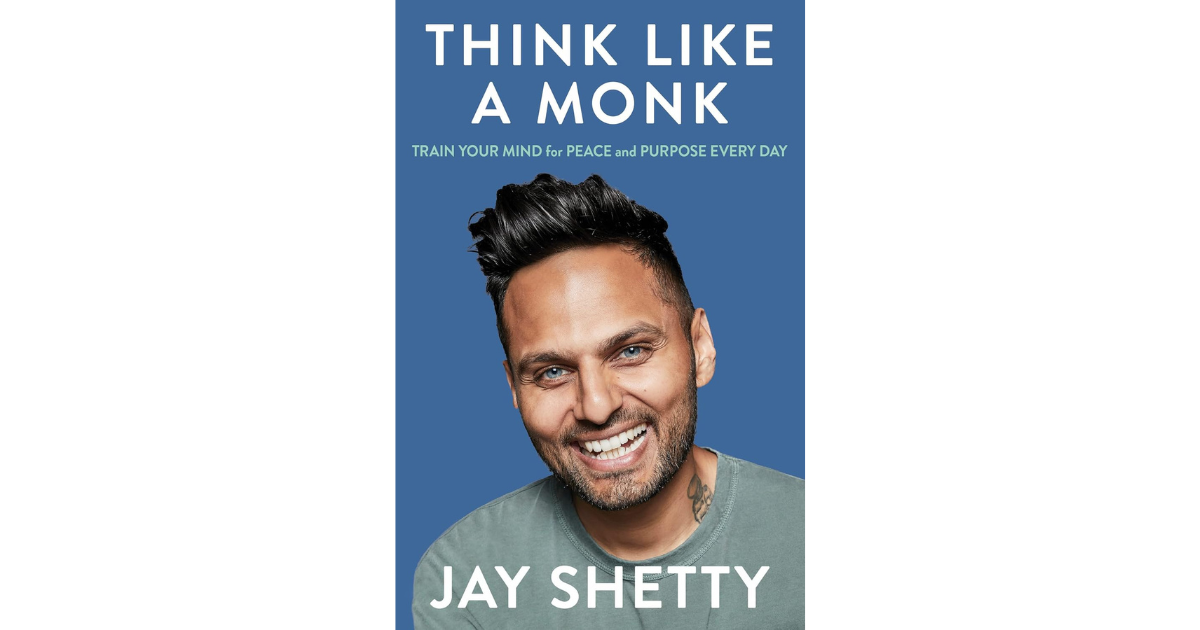Top 10 Takeaways from the Best Business Book I’ve Ever Read: Rich Dad Poor Dad
It’s the book that created a cult following as it disrupted the industry. It offers much more than financial education. Discover the lessons in personal development and personal branding from this business classic.
I’ve read hundreds of business books, and one remains my favourite: Rich Dad Poor Dad by Robert T. Kiyosaki. I re-read it every year for life-changing reminders in professional development and, somewhat surprisingly, personal branding too.
If you haven’t read Rich Dad Poor Dad, you’ve likely heard of it. It’s topped best-sellers and recommended reading lists for decades. The book was self-published after being famously rejected by supposed finance experts for its controversial positions, yet it created a cult following worldwide.
Rich Dad Poor Dad tells the tale of two dads: Kiyosaki’s biological father (Poor Dad) and his best friend Mike’s father (Rich Dad), and their opposing points of view on work, education and finance.
On a mission to make money, young boys Robert and Mike sought mentoring from Rich Dad. His lessons highlight an alternative path to the conventional wisdom of the “middle class”.
Here are my top 10 favourite takeaways from Rich Dad Poor Dad that are relevant to both your professional development and personal brand:
1. Create your own ladder
If you want an extraordinary life, you have to do things out of the ordinary. Be prepared to do the things that people aren’t willing to do. Don’t just blindly follow the default path on autopilot.
Poor Dad, like many do, advised Kiyosaki to go to school, study hard, get a good job and climb the ladder. His life ends in financial stress.
Rich Dad was built differently. He thought, “Why not own the ladder?” He went on to become one of Hawaii’s wealthiest business owners.
2. Invest in assets
The rich don’t work for money, their money works for them. The middle class buy liabilities they think are assets and often inadvertently accumulate more liabilities and expenses. The rich invest in actual assets.
To be clear, the book is not designed to be a book on financial advice, but it advocates for financial education and literacy. It champions thinking about yourself instead of conforming to conventional advice without question. I love applying this next gem to personal branding and development, too:
“Our assets are large enough to grow by themselves. It’s like planting a tree. You water it for years, then one day, it doesn’t need you anymore. Its roots are implanted deep enough. Then the tree provides shade for your enjoyment.”
Over time, your investments in your professional development and your personal brand pay off. Be patient as what you’ve planted begins to take root.
3. Mind your business
Instead of only working for someone else and living pay cheque to pay cheque, focus on building your assets column into a business.
Relating this to personal branding, this is why I’m passionate about professionals, whose careers are seemingly going perfectly well, still building their personal brand. Your personal brand becomes the business that is separate from your current employer. Your personal brand is the insurance policy for your career that isn’t tethered to your current title.
4. Ask yourself, ‘What business am I in?”
Kiyosaki shares the story of Ray Kroc of McDonalds. When speaking to MBA students, Kroc asked, “What business am I in?”. The hamburger business was the obvious answer. Yet, he responded, “Ladies and gentlemen, I’m not in the hamburger business. My business is real estate.”
Today, McDonald’s is the largest single owner of real estate in the world. It owns some of the most valuable properties across the globe. The rich think beyond what’s obvious.
5. Don’t fear standing out
Like many, Kiyosaki reminds readers that public speaking is the number one fear for most people - greater than death. But, fewer people point out why.
Psychologists believe that the fear of public speaking is caused by the fear of ostracism. A fear of standing out, of criticism, of ridicule and of being an outcast.
Kiyosaki believes the fear of ostracism also prevents people from seeking new ways to solve their problems. Instead, we conform, don’t question and accept common opinions and trends. This easier path has short-term gains, but often long-term pain. Taking the path less travelled like Robert Frost depicts in his poignant poem, The Road Not Taken, takes bravery.
6. Stop saying, “I can’t afford it.”
Eliminate the common quip “I can’t afford it.” from your vernacular. Instead, always ask, “How can I afford it?” By asking this question instead, your brain moves from a scarcity mindset into being primed for problem-solving.
7. Education precedes money
Rich Dad Poor Dad highlights:
"Too many people are focused on money, and not on their greatest wealth, their education.”
By this, Kiyosaki doesn’t mean doing fancy degrees. He’s a big advocate for alternative education compared to colleges that teach conventional thinking. Seek advice from mentors or engage in self-directed learning. Money and wealth start with your education.
8. Not all debt is bad
Not all debt is created equal. Rich Dad Poor Dad takes the controversial position that your house is not an asset. Bad debt is debt that creates liabilities. Debt that can be used to generate income (with positive cash flow) can be beneficial.
9. Learn the history lesson
Kiyosaki explains the impact of key events in financial history with a passion you wish your teachers taught you. He highlights that we overemphasise the focus on historical dates and names, but don’t put enough effort into learning the lessons that history has taught. Study history and you’ll know what the rich know, or risk repeating the mistakes the poor make.
10. Storytelling sells
As Kiyosaki often highlights, he doesn’t claim to be the best writer, but he’s a best-selling author. In the sea of monotonous professional development advice, Rich Dad Poor Dad resonates resoundingly with readers and has long stood the test of time. He took what could be considered dry financial concepts and made them relatable.
Kiyosaki created key characters. He created contrast in his messages to help his points cut through. When working with my personal branding coaching clients, Rich Dad Poor Dad is regularly my favourite reference for a real-world masterclass in storytelling in business.
From lessons in personal finance, personal development and personal branding, Rich Dad Poor Dad is a wealth of knowledge.




